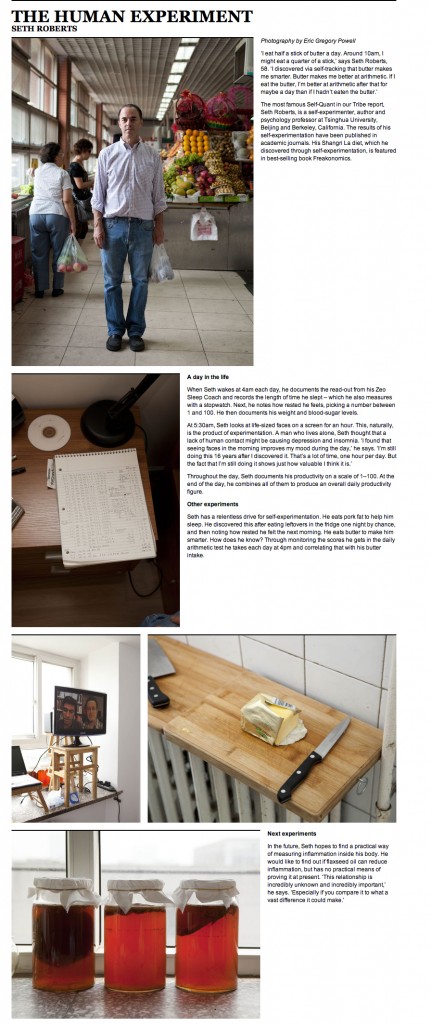An earlier post asked for Tokyo recommendations. A kind reader (Andrew Clarke) provided the following recommendations of off-beat restaurants:
One place I always recommend is Andy’s Shinhinomoto, in Yurakucho: https://www.frommers.com/destinations/tokyo/D61101.html. I have never seen a travel show that has covered the place, but it’s a best kept secret within the ex-pat community. Its menu is a standard Japanese Izakaya (pub) menu with some of the freshest sashimi (and fish in general) in Tokyo, and the strangest thing – it’s ran by a long-term British ex-pat, who is so renowned for his ability to pick good ingredients that he selects and delivers fish for several local sushi shops. Upstairs seating is best for atmosphere, but the food is the same downstairs. They have an English menu, and I’d also recommend the fish head and tempura. It’s also not super expensive, somehow I never manage to spend more than 7000Y with alcohol.
Teyandei is another one that I would generally recommend: https://www.bento.com/rev/2133.html. You’ll be lucky if you manage to find this one, most taxi drivers I have ever asked couldn’t find it even with GPS, it’s located in a residential area of the back of Roppongi. Great atmosphere, and again Izakaya style but not fish oriented, and not strictly traditional. The most memorable dish I had was a french baguette, vanilla ice cream and maple syrup slider – which was very good, but to be enjoyed occasionally. Outside of that they have many great dishes, with more of a meaty or stuff on sticks vibe.
Last general recommendation is for sushi: https://tokyofood.blog128.fc2.com/blog-entry-52.html. I used to live in Tsukiji town and this place is a friendly joint that attracts many locals in the evening. Probably because it’s not super-expensive, but great quality and I particularly recommend the Uni if that is your thing. Their ‘aburi (blow torched)’ dishes are great too, and the Aji (mackerel) and the tsuki maguro (marinated tuna).
[follow-up:] The Moroccan place, I’m not sure why I didn’t include this the first time, as it is possibly the most strange and off-the-beaten-path: https://www.dalia58.com/d_map.html. Google Maps. The owner is a Japanese lady who spent 1 year in Morocco on a home stay. She loved the home cooked food and fastidiously learned to replicate them the way only Japanese people can. I learned about from a Moroccan co-worker who swears it’s the most authentic Moroccan food he has had out side his homeland. You definitely need to book ahead, there are only maybe 12 seats in the place and only 4 of those are not on the ground. The menu is fairly small and changes every once in a while as the owner travels back to Morocco regularly, but usually I have the meatball tagine (best), fish tagine, freshly baked wheat bread and vegetable couscous. I have never been there alone, you’d need at least two people to eat all that.
Alexandra Harney, author of The China Price, who has spent years in Tokyo, recommended:
My favorite watering hole: Asahi Shokudo in Nogizaka, near Tokyo Midtown. Unless you speak Japanese, the best thing to do is probably to have someone call ahead, make a reservation (a very good idea) and fax you a map. Their tel: 03-3402-6797. GREAT food, very good atmosphere, sake good too. It’s not fancy, but authentic and creative.
Tyler Cowen’s forthcoming book (An Economist Gets Lunch: New Rules For Everyday Foodies) says a lot about Japanese food and restaurants. In an email he said “Pierre Gagnaire Tokyo was the best meal I’ve ever had…that is expensive, though.”
I am in Tokyo now. Last night I took a long walk around my hotel (Hotel Changtee), which is in Ikebukuro. I have stayed here three times before. On my walk, for the first time, I noticed a Spanish restaurant (Agalito) a few blocks from my hotel. In Beijing, I often have Japanese food, so I decided to try it. The menu (mostly tapas) looked good. It wasn’t expensive (Ikebukuro is full of relatively cheap restaurants).
I had seven dishes. Every one surprised me and tasted great. I had pickles, a vegetable terrine, deep-fried shrimp and avocado (the avocado was also deep-fried), mackerel, a dish of large mushrooms and bacon, marinated cherry tomatoes (skins removed), and baked/grilled cheese and tomatoes. Far better than the tapas I had in Barcelona (or anywhere else). Far better than the tapas at a Berkeley restaurant (Cesar) next to Chez Panisse owned by Alice Waters’ ex-husband. The pickles were a small dish of carrots, cucumber, cabbage, and red pepper. The best pickles I’ve ever had, and I’ve had pickles hundreds of times, as anyone who knows my passion for fermented food will understand. They are a staple of Japanese and Szechuan cuisine. I’ve had Japanese pickles at dozens of places. The carrot pickles were so good, such a great blend of sweet and sour, so perfectly crunchy, that I want to start trying to recreate them. I didn’t know carrot pickles could be that good.The tomato and cheese dish also opened my eyes. I never knew that cheese and tomatoes could go so well together. I want to get special equipment (the baking pan) just to make this one dish. I want to try many different cheeses and tomatoes to find the best pairing. No meal at Chez Panisse or anywhere else has pushed me to do two new things. A tiny number (five?) have pushed me to do one new thing.
This restaurant is a few blocks from my hotel. No one recommended it. The meal, with drink, cost $60. I’m told that if you ask a Tokyo resident what are your favorite restaurants? they look at you blankly. Now I see why. There are so many great restaurants it doesn’t matter. This meal also taught me that recommendations may be counter-productive. Recommended restaurants are often expensive. Expensive food is likely to require lots of labor, special tools, and expensive ingredients. Making it harder to copy and thus less inspiring. Whereas this “plain” meal, with cheap ingredients and relatively little labor, will continue to influence and teach me whenever I do stuff it has inspired me to do.

